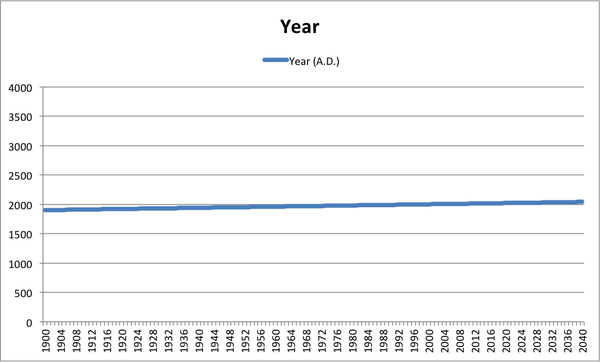- While bullshit may reach its greatest density in the political sphere, this isn't a course on political bullshit. Instead, we will focus on bullshit that comes clad in the trappings of scholarly discourse and buttressed with vast assemblages of data. Of course an advertisement is trying to sell you something, but, but do you know whether the Ted talk you watched last night is also bullshit — and if so, can you explain why? Can you see the problem with the latest New York Times or Washington Post article fawning over some startup's "breakthrough" in big data analytics? Can you tell whether a clinical trial reported in the New England Journal or JAMA is solid science, or just a press release for some pharma outfit?
In this course we aim to teach you how to think critically about the data and models that constitute evidence in the social and natural sciences.
Hah! That's just perfect. A while ago I thought there was a good and a bad way to represent data. Over the years and through some experience I've come to understand that just like any other form of communication, data visualizations tell a story first and foremost. Sure, there are plenty of bad ways to tell a story but there is not a good way to graph any phenomenon. The key to calling bullshit I think is to see the discrepancies between what the data says and what story its graph says.
I might check the website from time to time to see new content but I'm not planning to follow it religiously week after week
